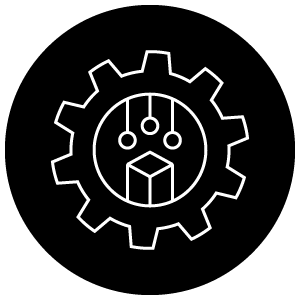A power and utility sector perspective: Tech Trends 2018 È stato salvato

Prospettive
A power and utility sector perspective: Tech Trends 2018
The symphonic enterprise
This series is Deloitte's ninth examination of the forces that are disrupting and redefining information technology (IT), business, and society in general. Evidence of technology's disruptive impact on the power and utilities industry is clear and growing. This publication from Deloitte US explores eight trends that forward-thinking executives should consider as they seek to build or acquire capabilities that can move their organization into the future.
Explore Content
- Reengineering technology
- No-collar workforce
- Enterprise data sovereignty
- The new core
- Digital reality
- Blockchain to blockchains
- Application programming interface (API) imperative
- Exponential technology watch list
- Get in touch
- Join the conversation
Reengineering technology
Building new IT delivery models from the top down and bottom up
With business strategies inextricably linked to technology, many leading organizations are fundamentally rethinking how they envision, deliver, and evolve technology solutions, transforming IT departments into engines driving business growth, with responsibilities that span back-office systems, operations, and even product and platform offerings. They are taking a combined bottom-up approach to modernizing both infrastructure and the architecture stack and a top-down approach to organizing, operating, and delivering technology capabilities. Used in tandem, these approaches offer the tools, velocity, and empowerment that will likely define the technology organization of tomorrow.
Increased technology use likely will require IT to adopt agile data management and delivery methods that are deployed across the organization. Already, forward-looking public and investor-owned utilities are leveraging cloud computing, automation, and multichannel communication to transform their back-office and operations systems. These technology-driven approaches are improving the way that utilities engage with residential, commercial, and industrial customers, moving beyond outage maps and online bills to provide operations updates, energy/resource efficiency programs, and tailored rate structures.
No-collar workforce
Humans and machines in one loop—collaborating in roles and new talent models
With automation, artificial intelligence (AI), and cognitive technologies gaining traction, an opportunity exists to reinvent work roles, assigning some to humans, others to machines, and still others to a hybrid model in which technology augments human performance.
Managing both man and machine will require a new kind of human resources (HR) organization—one that simultaneously retrains augmented workers and pioneers new HR processes for managing virtual workers, cognitive agents, bots, and the other AI-driven capabilities comprising the “no-collar” workforce. By redesigning legacy practices, systems, and talent models around the tenets of autonomics, HR groups can begin transforming themselves into nimble, fast-moving, dynamic organizations positioned to support the talent—both mechanized and human—of tomorrow.
The power and
This transformation is not a cost reduction/headcount management exercise; the no-collar workforce will need to be integrated across back-office, customer-facing, and operations functions—for example, using robotics and customer engagement tools to complete everyday tasks, freeing call center agents to manage key customer relationships. In addition, shifting employee focus from
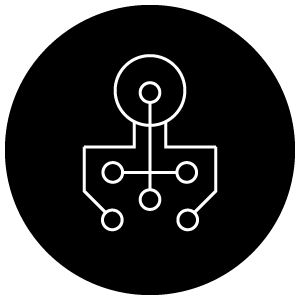
Enterprise data sovereignty
If you love your data, set it free
As data grows exponentially in both volume and strategic importance, there is an increasing demand to manage it better, differently, and more safely—to “free” enterprise data so that it is accessible, understandable, and actionable across business units, departments, and geographies. The enterprise data sovereignty trend provides power and
Data from smart meters, in-home devices, and field sensors is enabling a new generation of data scientists to identify and manage information that is of critical interest to individual consumers. Previously, smart meter data analysis allowed utility companies to rapidly and effectively detect revenue leakage and fraud. Today’s data scientists can pinpoint energy/resource inefficiencies and potential future failure of specific appliances and equipment in an individual business or home, and take appropriate mitigation actions.
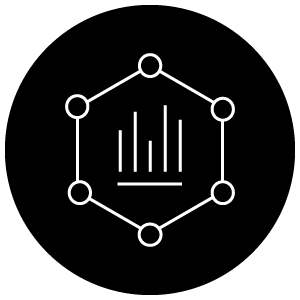
The new core
Unleashing the digital potential in "heart-of-the-business" operations
Individual technology trends are rarely found in isolation. In fact, their controlled collision within specific, bounded business problems is where exciting prospects lie. Customer engagement and marketing have dominated much of the first “digital” wave, but attention is turning to the heart of the business: back- and mid-office processes that offer opportunities to reinvent how daily work gets done.
Already, finance and supply chain are seeing the confluence of next-generation enterprise resource planning (ERP), work management, core modernization, blockchain, machine intelligence, the Internet of Things (IoT), and other technologies that fundamentally reimagine mission-critical functions. By looking at how these capabilities could and should be realized in the digital era, utilities need to adopt new business processes to provide more efficient services, harnessing emerging technologies to define a “new core”: symbiotic building blocks in a larger enterprise ecosystem that work in concert to reshape the core functions of the utility.
For example, by combining cloud and mobility solutions the next generation of core systems is simplifying and automating everyday work management tasks in the field. Using new computing platforms allows a statutory and regulatory “touchless close” without human intervention.
Looking ahead, next-generation real language robotics may be able to write an initial analysis of trends and messages in a company’s financial metrics to include in management and annual reports.
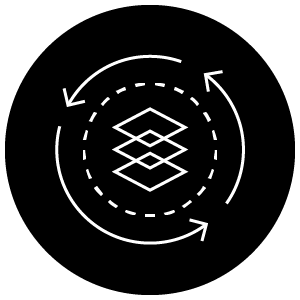
Digital reality
The focus shifts from technology to opportunity
The augmented reality/virtual reality (AR/VR) revolution has reached a tipping point, with enterprise adoption outpacing the consumer world. Driven by a historic transformation in the way we interact with technology and data, market leaders are shifting their focus from pilots and niche offerings to strategies anchored in innovative use cases and prototypes designed for industrialization.
Companies are laying the groundwork for broader deployment by tackling issues such as integration experiences with the core, cloud deployment, connectivity, and access. Some have even begun developing new design patterns and nurturing nontraditional skill sets, heralding a new era of engagement. These early adopters recognize a shift in the AR/VR winds: The time to embrace digital reality is now.
Early adopters in the power and utilities industry are challenging the way that everyday field tasks are executed, using augmented reality glasses to improve/accelerate picking in warehouses, providing real-time feedback and support for maintenance technicians in generation facilities, and integrating with global information systems (GIS) to allow field operatives to visualize the location of underground assets before they dig.
Coupled with digital twins for the installed asset base to predict and identify failures, the new digital reality is transforming the way that utilities install and maintain assets.

Blockchain to blockchains
Broad adoption and integration enter the realm of the possible
Blockchain technologies are on a clear path toward broader adoption and can bring disruption to many major industries. Now is the time for power and
As the electricity grid moves from being a unidirectional flow of energy—from source to consumer—to being a true multidirectional grid with many microgrids, storage devices, and small-scale generators, a tremendous number of transactions and events will need to be monitored and validated. Early prototypes using blockchain technologies to validate and keep these transactions secure reveal that it is a viable technology to manage the volume and complexity of the next-generation grid.

Application programming interface (API) imperative
From IT concern to business mandate
Reusing data, transactions, and experiences found across the enterprise can be challenging because many systems were not built with this model in mind. The situation is changing, though, as companies increasingly design, and build technology assets as a discrete set of digital building blocks they expect to be reused. In doing so, they are embracing the “API imperative”: the strategic deployment of services and platforms that are propagated and consumed within and beyond the enterprise. Doing so at scale requires a new set of capabilities to expose, control, and manage APIs as products, complementing traditional approaches to middleware and integration.
The API imperative offers a forward-thinking approach to help utility companies achieve the scale and agility they need to share customer and back-office data and events more rapidly, using API proxies to provide secure interactions between operations systems, remote devices, and cloud-based services.

Exponential technology watch list
Innovation opportunities on the horizon
Many of the potential opportunities—and challenges—emanating from AR/VR,
Some utilities are taking steps to lay the groundwork for emerging innovations. For example, the use of drones to augment facility security and inspection tasks is increasing as drones become more autonomous and capable of returning to a base for recharging and repair without a human pilot. Moving beyond flying, the next generation of submersible and surface drones is already being prototyped to augment or replace human inspection of utility infrastructure.
These drones will perform simple maintenance tasks such as water main leak detection and repair that a human could not perform without causing disruption to life on the surface.
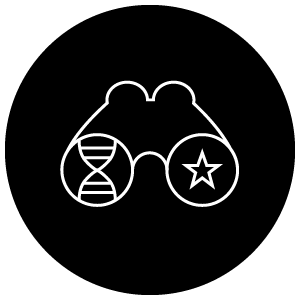
Learn more
For more information or to view the full report, visit Deloitte Insights.
Consigliati
European Power & Utilities Newsletter
Taking a closer look at the European power and utilities market
